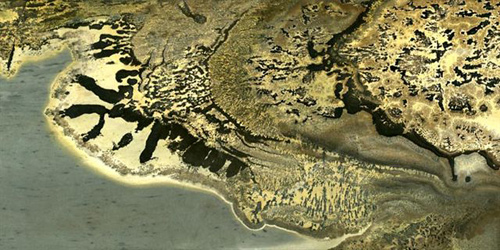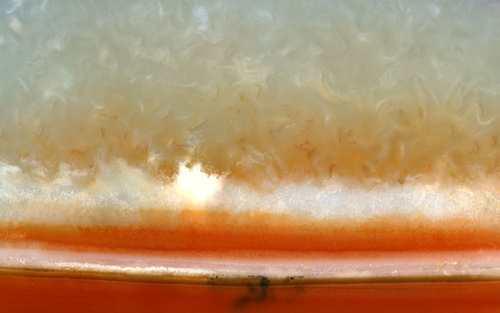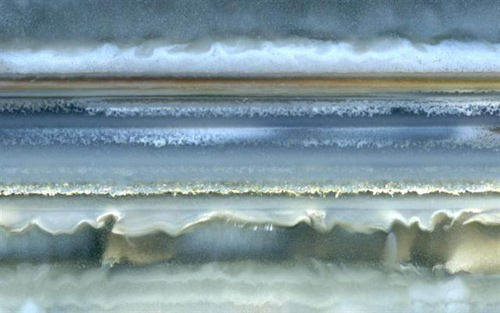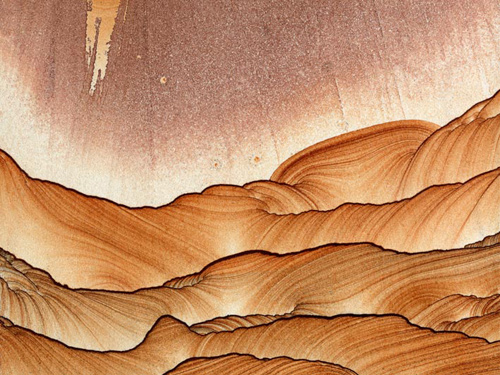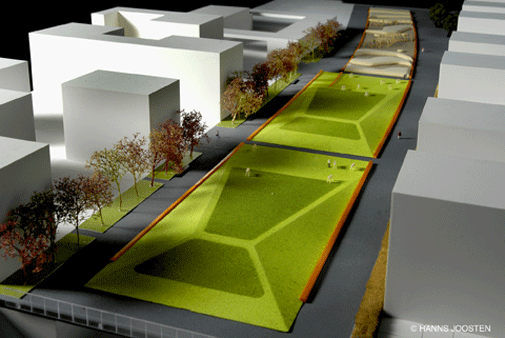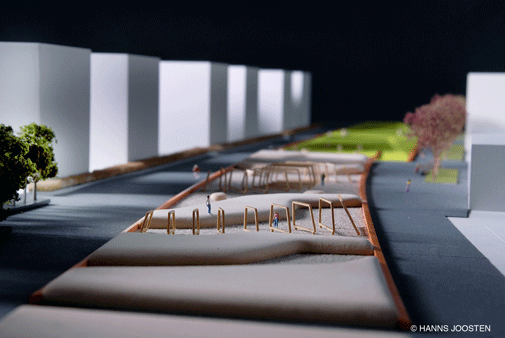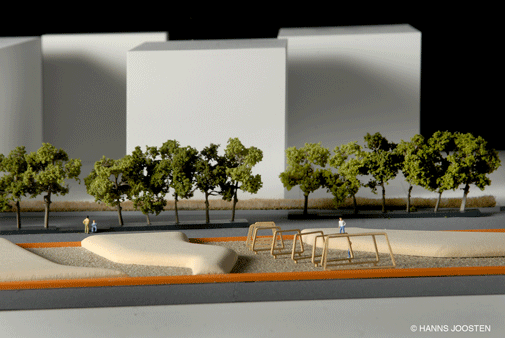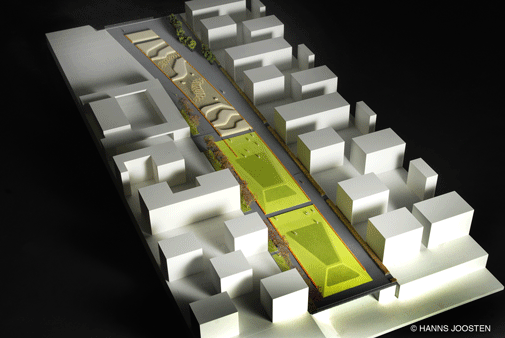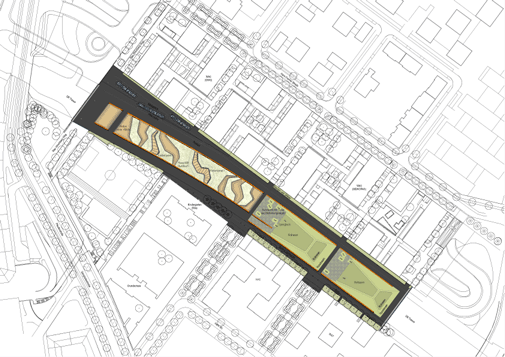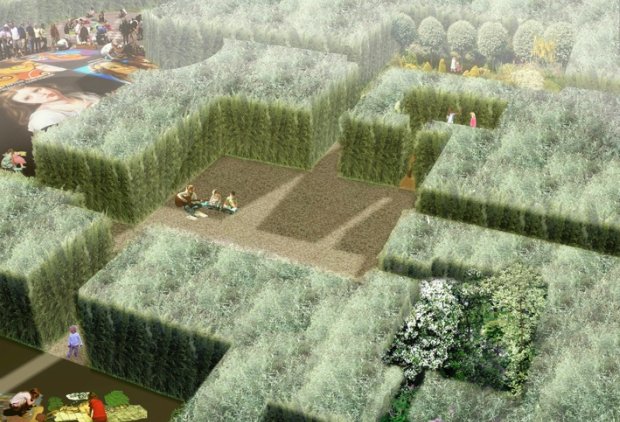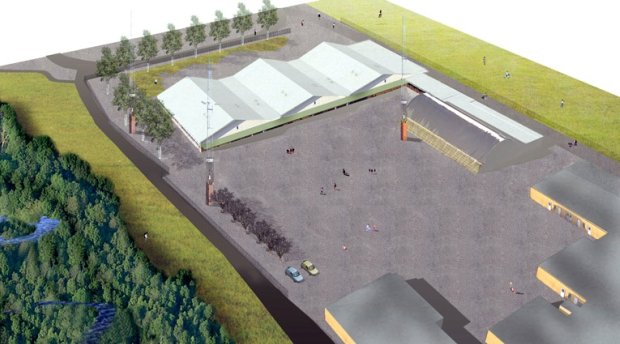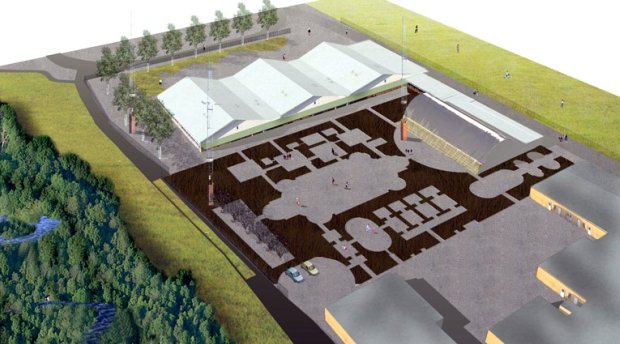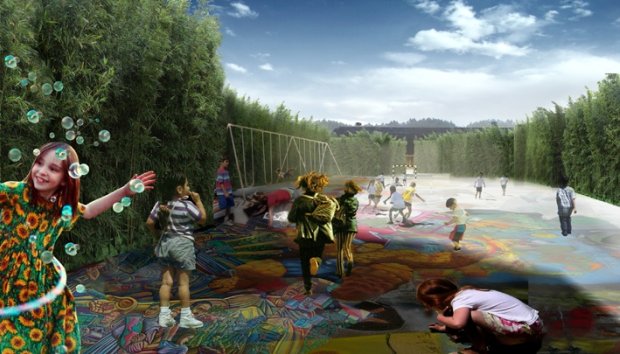 {Image via AP}War-struck Afghanis received uplifting news on Earth Day this year. Their government has announced the creation of the nation’s first national park, Band-e-Amir, protecting an epic landscape encompassing six cascading sky-blue lakes separated by natural dams.
{Image via AP}War-struck Afghanis received uplifting news on Earth Day this year. Their government has announced the creation of the nation’s first national park, Band-e-Amir, protecting an epic landscape encompassing six cascading sky-blue lakes separated by natural dams.
The park will be protecting one of Afghanistan’s most treasured natural areas. Six lakes resting high in the Hindu Kush Mountains of Central Afghanistan are separated by natural dams made from the rare mineral deposit travertine. Such systems are found in only a few place in the world, most of which are on the UNESCO World Heritage list, a future goal for Afghanistan’s first park. Pollution and human degradation of the fragile travertine dams currently threaten the park.
"The park will draw people from Herat to Kabul to Jalalabad... to be inspired by the great beauty of Afghanistan's first national park, Band-e-Amir, " said Mostapha Zaher, Nepa's director-general.
In the stillness of the high, thin air, the blue and turquoise waters are often like glass, perfectly reflecting the slopes around them, says the BBC's Alan Johnston, who has visited Band-e-Amir.
 {Image via AP}
{Image via AP}
However, this quietness may be occasionally punctured by the damaging local practice of fishing by blasting the lake waters with hand grenades, he adds.
Unfortunately much of the park’s wildlife has already been lost. But surveys for the new park found ibex; urials, a wild sheep with massive horns; wolves; foxes; and the Afghan snow finch, the only endemic bird in the country. Snow leopards used to dwell in the region but vanished during the 1980s because of hunting.
While Band-e-Amir is not new to travelers it has been little visited since war engulfed the Afghanistan in 1979. After the nation gained some stability following the American-led invasion in 2001, thousands of Afghan tourists returned to Band-e-Amir. As well as natural beauty, the park has religious significance since it is believed the third caliph of Islam visited the region. With the new region’s status and publicity, the country hopes to attract international visitors.
 {Image via AP}
{Image via AP}
Band-e-Amir is located in Bamiyan province, which has been relatively unaffected by the violence that plagues eastern and southern Afghanistan, where Taliban fighters and other militants control swathes of land and regularly clash with international and Afghan forces.
The capital of Bamiyan is where Taliban fighters in spring 2001 blasted away two towering ancient Buddha statues carved into the region's red cliffs. Officials believe that Band-e-Amir and the remnants of the statues can combine for a powerful tourist attraction if Afghan, U.S. and NATO forces can tamp down militant violence.
USAID, the U.S. government aid arm, spent almost $1 million to help the lakes gain provisional national park status. The Wildlife Conservation Society helped identify the park's boundaries and worked with villagers living near the park.
Next on the list, Afghanistan is looking at creating a network of parks, including possible protection for the abundant wildlife in the Pamir Mountains.
As beautiful as it is, I don't see a propensity of American tourists visiting the area anytime soon. The risk/reward simply isn't there. But perhaps this is some kind of step to establishing something to be valued in the area. I would think greater aide in the areas of infrastructure and school development would be of greater benefit to the Afghans, rather then U.S. backed park provisions placed on what some Afghans considered their own land, and dependent on it's resources.
 {Image via AP}
{Image via AP}
Sayed Hussein runs a flour mill built three generations ago next to some waterfalls at one of the lakes.
Like many other villagers, the 60-year-old is nervous about the proposed park. To him and many others across Afghanistan, conserving natural resources is a foreign concept. Natural resources are what they depend on to survive.
Trees are cut down for firewood. Landscapes are turned into farmland and pastures used to grow food and raise livestock. Trash is hauled to the edges of one's neighborhood to be dumped or burned. Water is harnessed for consumption and power.
So to Hussein, the waterfalls next to his mill aren't something beautiful to be gawked at, they are a way to power the heavy stone wheels that grind wheat into flour.
He is reluctant to consider how he might change his life to make the park work.
But villagers do get a say in what happens here. Decisions about the proposed park and its rules are in the hands of a committee that includes not only the government in Kabul and its Western advisers, but Band-e-Amir elders and other village representatives.


